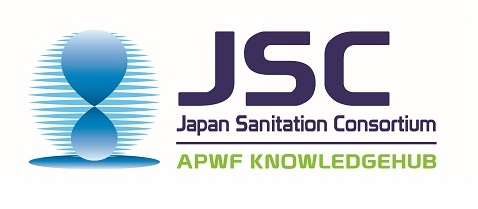
► SANITATION IN THE ASIA-PACIFIC
ISSUES
Asia-Pacific: a region with severe water-related issues
The Asia-Pacific is known as the largest region in the world; comprising 56% of the world's population divided in Central Asia, Northern Asia, South Asia, Southeast Asia, Oceania and the Pacific. However, this is also the region that faces some of the most severe water-related issues. Economic development, rapid urbanization and industrialization growth, together with the intensification of agriculture - accounting for more than 80% of the total freshwater use in the region - have increased the needs for clean water while severely aggravating the pollution of water resources.
The cost for inadequate water and sanitation management is high with, in 2008, more than 230,000 deaths attributable to water, sanitation and hygiene. This situation is worsened by water-related disasters, which touch more this region than any other area in the world (between 1960 and 2006, 80% of the registered casualties in the world occurred in the region). New rainfall patterns with climate change, increasing floods and droughts, necessitate wiser management of water resources with a focus on sustainability. In addition, rapid population growth over the past decade, mixed with the intensive urbanization associated to the economic development, resulted in more people migrating and living in areas vulnerable to water-related disasters, where proper sanitation is often nonexistent.
A neglected issue: sanitation
If the access to improved drinking water supplies in the Asia-Pacific has increased substantially in recent years, despite important disparities between sub-regions or within nations, progress on sanitation is much slower and many countries of the region will probably not reach the targets of the Millennium Development Goals for 2015. More than 2.6 billion people worldwide lack access to improved sanitation (i.e. without an easy access to a private and safe place to urinate and defecate), however two billion of them can be found in Asia and the Pacific. Open defecation is still widely practiced and waterborne diseases remain an important cause of death, especially for children.
Among the problems often observed in water-related activities stand the mismanagement of water resources, the lack of capable human resources, effective policies, commitment, planning, monitoring and investment. Water management will have a greater influence on social, economic, and environmental future of the Asia-Pacific region in coming years. Sanitation - a too often neglected issue - will have an important role to play to ensure the protection of water resources, and the provision of enough clean water to sustain the social and economic development of the region. Proper wastewater treatment is needed to enable environmental protection, promote wastewater reuse and limit the stress on water resources. The diffusion of toilets with proper wastewater treatment systems need to be spread to provide the appropriate conditions for a clean and safe surrounding environment that people can daily enjoy.
Sanitation: an investment with high economic returns
Recent studies have clearly shown the negative impact on the economy with overall losses due to poor investment in sanitation, yet threatening the economic and social development of the affected countries. This is unfortunately an insufficiently known statement: sanitation is an investment with high economic returns. According to the United Nations Water, each USD spent in sanitation in developing countries is worth 9 USD.
JSC's goal is to support the countries of the Asia-Pacific region with low access to improved sanitation, not only by advocating the most suitable systems or technologies, but by providing them the knowledge and capacity to choose, diffuse and properly manage their sanitation facilities, for the improvement of public health and the living conditions.